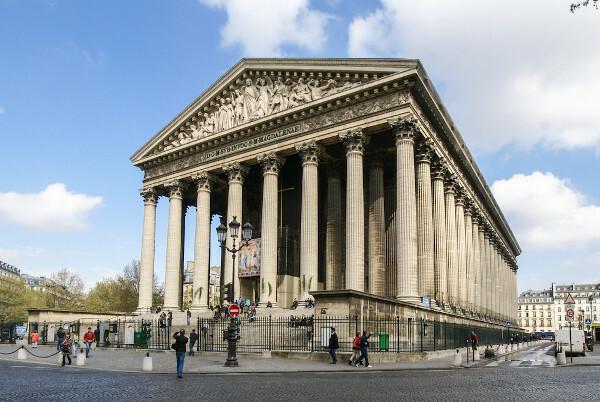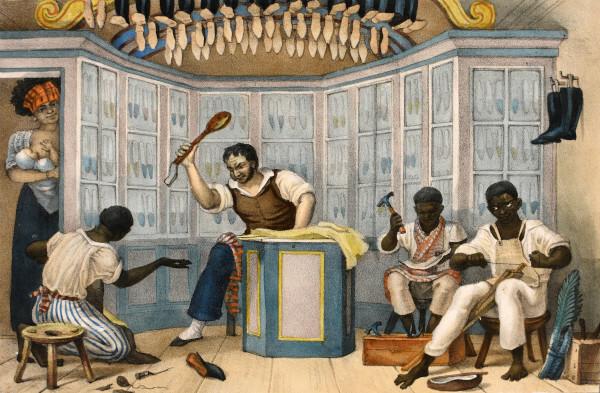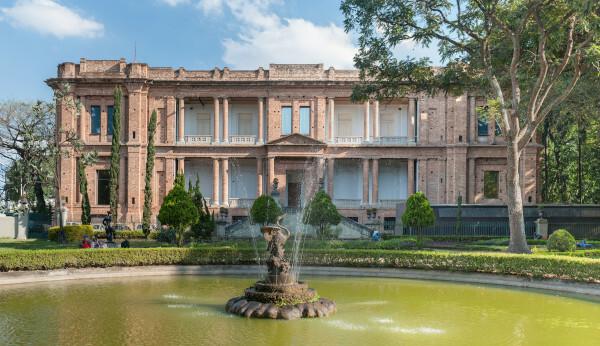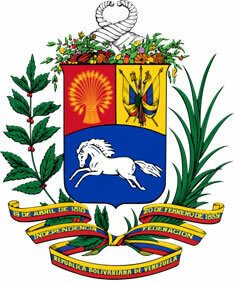O neoclassicismit was a period style born in the 18th century. He influenced artists across the West. The main neoclassical characteristics are rationality, objectivity and balance. The works of neoclassical architecture present geometric harmony. In painting and sculpture, beauty and nudity stand out. Literature, on the other hand, is marked by the appreciation of country life and idealized love.
Read too: Neorealism — the artistic movement whose works are ideologically committed to social issues
Summary on neoclassicism
Neoclassicism was a period style that emerged in the 18th century in Europe.
As opposed to baroque movement, it features objectivity, simplicity and balance.
Debret, Taunay and Montigny are well-known names in neoclassical art.
Works like Eros and Psyche, by Canova, are part of neoclassicism.
Neoclassical literature, or Arcadianism, features elements such as pastoralism and Greco-Latin themes.
What is neoclassicism?
Neoclassicism is a period style that emerged in 18th-century Europe
. He is a reflection of Enlightenment ideas that predominated in that historical period, but let's not forget that there was already a similar style, called classicism (16th century). Both bring the same design. The prefix “neo” is used to indicate that the artists were making a resumption of the aesthetics of classicism.Features of neoclassicism

Objectivity
Clarity
Rationalism
Balance
Simplicity
anti-baroque
Greco-Roman references
Main artists of neoclassicism
Jacques Soufflot (1713-1780) — French architect
William Chambers (1723-1796) — British architect
Robert Adam (1728-1792) – Scottish architect
Cláudio Manuel da Costa (1729-1789) — Brazilian poet
Angelica Kauffmann (1741-1807) — Swiss painter
Tomás Antônio Gonzaga (1744-1810) — Brazilian poet
Nicolas-Antoine Taunay (1755-1830) — French painter
Wolfgang Amadeus Mozart (1756-1791) — Austrian composer
Antonio Canova (1757-1822) — Italian sculptor
Manuel Maria Barbosa du Bocage (1765-1805) — Portuguese poet
Marie-Guillemine Benoist (1768-1826) - French painter
José Álvarez de Pereira y Cubero (1768-1827) — Spanish sculptor
Jean-Baptiste Debret (1768-1848) — French painter
João José de Aguiar (1769-1841) — Portuguese sculptor
Auguste Henri Victor Grandjean de Montigny (1776-1850) — French architect
Jean-Auguste Dominique Ingres (1780-1867) — French painter
Pedro Américo (1843-1905) — Brazilian painter
Mary Edmonia Lewis (1844-1907) — American sculptor
Main works of neoclassicism
paris pantheon (1755) by Jacques Soufflot
Kedleston Hall (1759) by Robert Adam
Poetic works of Glauceste Saturnius (1768), by Claudio Manuel da Costa
Ariadne abandoned by Theseus (1774) by Angelica Kauffmann
the somerset house (1776) by William Chambers
Innocence between vice and virtue (1790) by Marie-Guillemine Benoist
the magic flute (1791) by Wolfgang Amadeus Mozart
Pastor Elmano's complaints against Pastor Urselina's falsehood (1791), by Manuel Maria Barbosa du Bocage
Marília de Dirceu (1792), by Tomás Antônio Gonzaga
Eros and Psyche (1793), by Antonio Canova
Apollo visiting Admetus (19th century) by Nicolas-Antoine Taunay
Ganymede (1804), by José Álvarez de Pereira y Cubero
the great odalisque (1814) by Jean-Auguste Dominique Ingres
d. João VI (1823), by João José de Aguiar
Imperial Academy of Fine Arts (1826) by Auguste Henri Victor Grandjean de Montigny
Picturesque and historic trip to Brazil (1834) by Jean-Baptiste Debret
Socrates pulling Alcibiades out of the arms of vice (1861), by Pedro Americo
Bust of Dr. Dio Lewis (1868) by Mary Edmonia Lewis
Neoclassicism architecture

The architectural projects of neoclassicism are characterized by the geometric harmony, the result of neoclassical rationality. Thus, architects value the simplicity as opposed to baroque excesses. The objective is to make a city an ideal, planned, symmetrical and functional space.
However, this neoclassical ideal was restricted to urban areas, where the bourgeois elite was concentrated. Thus, it did not reach the peripheral spaces. Neoclassical architecture has something grandiose, in line with the constructions of antiquity, but presents geometric simplicity. And therefore, sober and not decorative.
Sculptures of Neoclassicism

Neoclassical sculptures have the same characteristics as other works of art of the style, that is, are based on balance, symmetry, rationality, simplicity and clarity. They use Greco-Latin themes, in addition to praising the human body and, therefore, nudity or semi-nudity.
Bronze sculptures predominate and, mainly, white marble. Such works present harmony of proportions and, most of the time, the sculpted face is serene. The bodies are beautiful and idealized, but quite realistic in their forms.. Mythological characters are recurrent.
Neoclassicism in Brazil
With regard to Brazilian architecture and painting, neoclassicism only took place in the 19th century, and was the result of the arrival of the Portuguese Court in Brazil in 1808. However, the main artistic works are by French in Brazilian territory, such as Debret and Taunay. In architecture, we have names like Montigny.

These Frenchmen also had the task of training Brazilian painters and architects, and such training was provided by the Imperial Academy of Fine Arts, in Rio de Janeiro. However, in our country, neoclassical ideals were linked to nationalist elements of a Brazil under construction.

Among the arts, The Brazilian literature was a pioneer in embracing the nEoclassicism in the 18th century, in the state of Minas Gerais. Thus, Arcadianism (how neoclassicism became known in Brazil) was replaced by romanticism in 1836. As for romanticism in painting, it coexisted with neoclassical ideals, so that painters like Pedro Américo transited between the two styles. Neoclassical architecture, however, lasted until the beginning of the 20th century.
See too: Santa Rita Durão — the author of one of the most important books of Brazilian Arcadianism
Neoclassicism in Literature
In literature, neoclassicism also he was marked by balance and rationality. Thus, neoclassical poetry has symmetrical lines. In addition, the lyrical self is contained, more objective, without sentimental excesses. Love is idealized, understood from a philosophical perspective. The texts also bring references that go back to antiquity.
The countryside is valued, as opposed to the city. In this bucolic environment, the lyrical self seizes the moment (carpe diem) with his beloved (an idealized woman), in the tranquility of the countryside, in harmony with nature. In this way, poetry presents elements such as:
pastoralism: bucolic place, where shepherdesses and their sheep reside;
flee urban (escape from the city): valuing the rural space;
mediocre aurea (golden mediocrity): praise of simplicity;
useless truncat (delete useless): criticism of the excess of material goods.
Finally, it should be mentioned that,in Brazilian literature, Neoclassicism is called Arcadianism.
image credits
[1] vichie81 / Shutterstock
[2] Wilfredor / Wikimedia Commons (reproduction)
By Warley Souza
Literature Teacher

